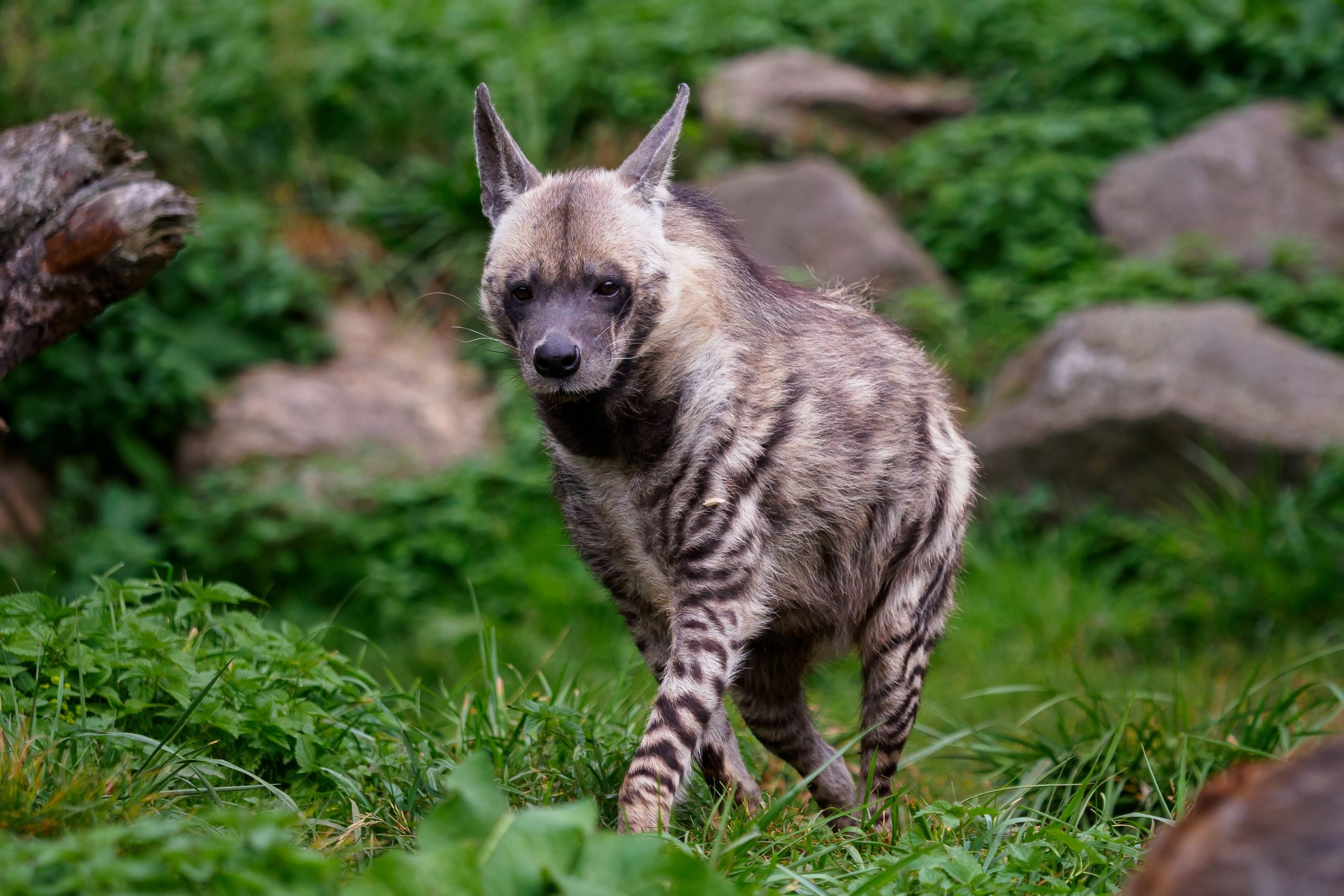Tech & Business
9.22.2022
Striped hyena, totem animal of the Middle East

The difference between “spotted hyenas” & “striped hyenas” Spotted hyenas tend to get all the attention, but there are three other members of the hyena family, including the smallest and least studied, the striped hyena. Striped hyenas have a dog-like appearance, with a long black muzzle and large pointed ears, which give them excellent hearing. […]
The difference between “spotted hyenas” & “striped hyenas”
Spotted hyenas tend to get all the attention, but there are three other members of the hyena family, including the smallest and least studied, the striped hyena.
Striped hyenas have a dog-like appearance, with a long black muzzle and large pointed ears, which give them excellent hearing. Their golden or brownish-gray fur is edged with black stripes that camouflage them in tall grass, and a bushy mane that extends from neck to tail – like a full-body mohawk – makes them more intimidating to their rivals.
The four different hynena species
Frames
1: Spotted(laughing hyena)
2: Aardwolf hyena
3.Brown Hyena.
4. Stripped hyena pic.twitter.com/rceWWKOG8E— 🍁RASTA MAN™🍁 (@ItsJeffreyJeff) January 19, 2022
While the spotted hyena is one of Africa’s top predators, the striped hyena is primarily a scavenger that feeds on the carcasses of large animals. It has exceptionally powerful jaws for gnawing bones, horns and hooves, as well as a digestive system capable of killing bacteria in carrion. By feeding on the dead, striped hyenas provide an important service in cleaning up the landscape.
Striped hyenas can be found throughout the Middle East but they are threatened
Although the hyena species in general has a wide range, including sub-Saharan Africa, India and Turkey, it is also possible to encounter them within the Arabian Peninsula, especially in the rocky areas and forests of the peninsula.
Striped hyena(तरस) spotted in the farm today.#animallover pic.twitter.com/vba5FRTkoi
— Shweta Bhamare (@bhamare_shweta) September 21, 2022
However, it is very unlikely that you will come across one while walking around the peninsula as their total number is estimated at 10,000 individuals in the wild worldwide. Victims of poaching for their fur, they have been placed as a “near-threatened” species on the IUCN list. Indeed, with the decline of its prey, it is estimated that the species is on the verge of a continuous decline of 10% over the next three generations.
popular

